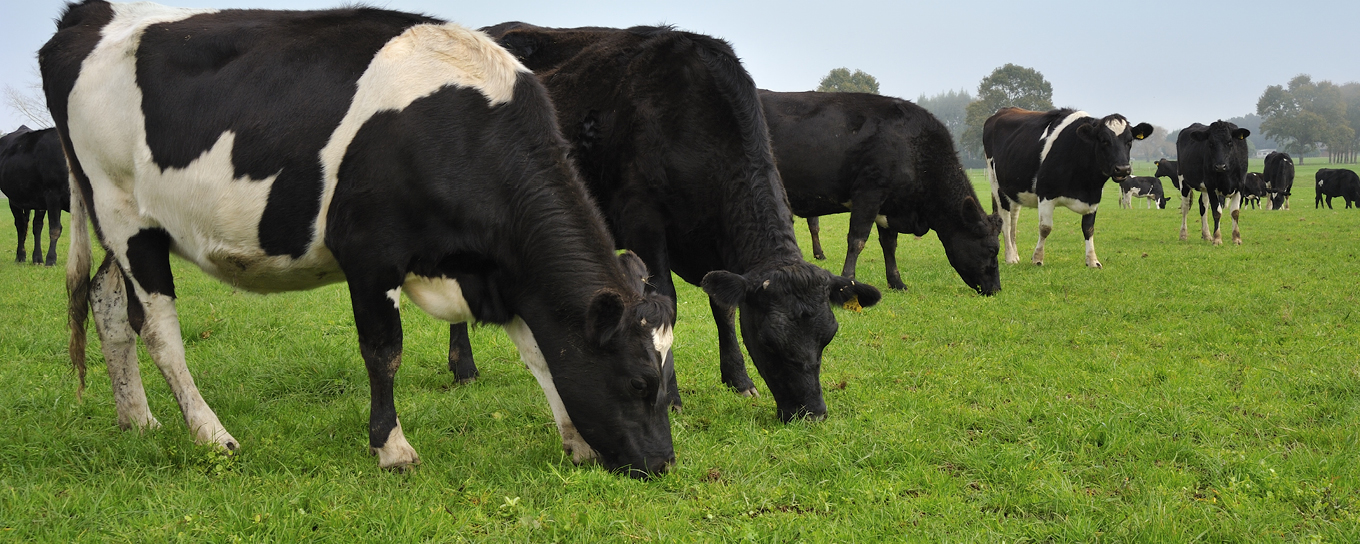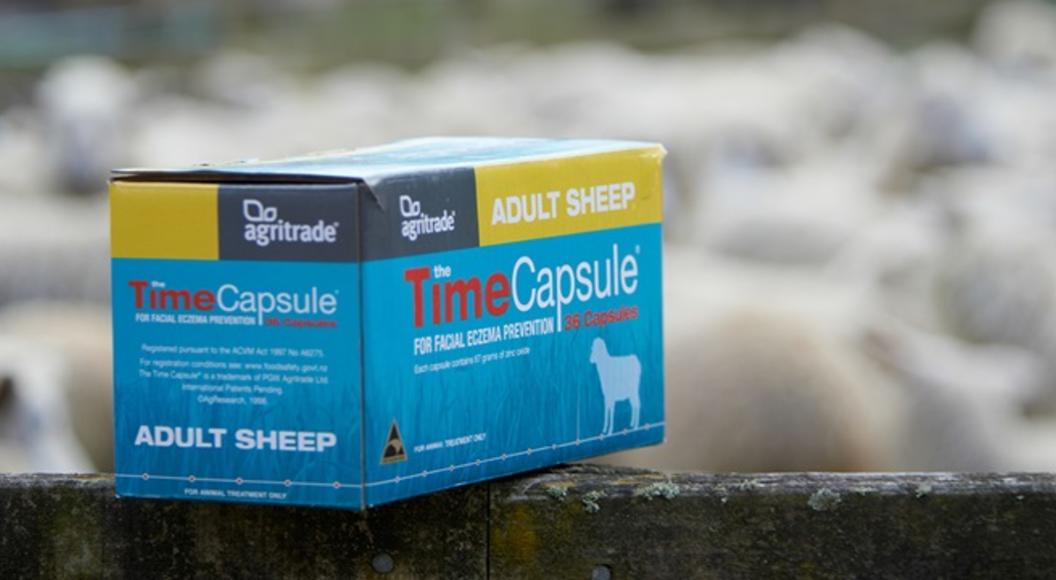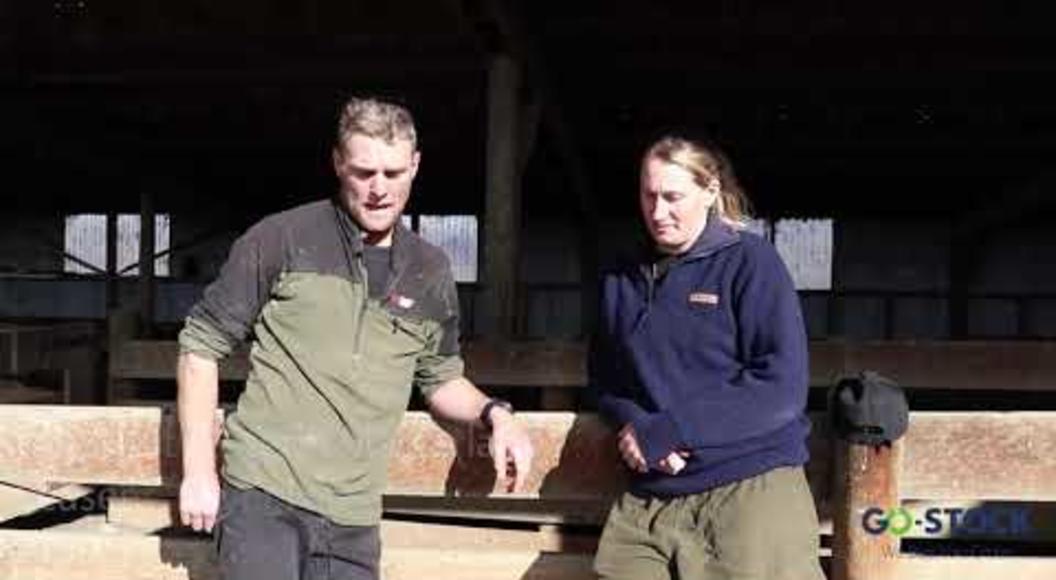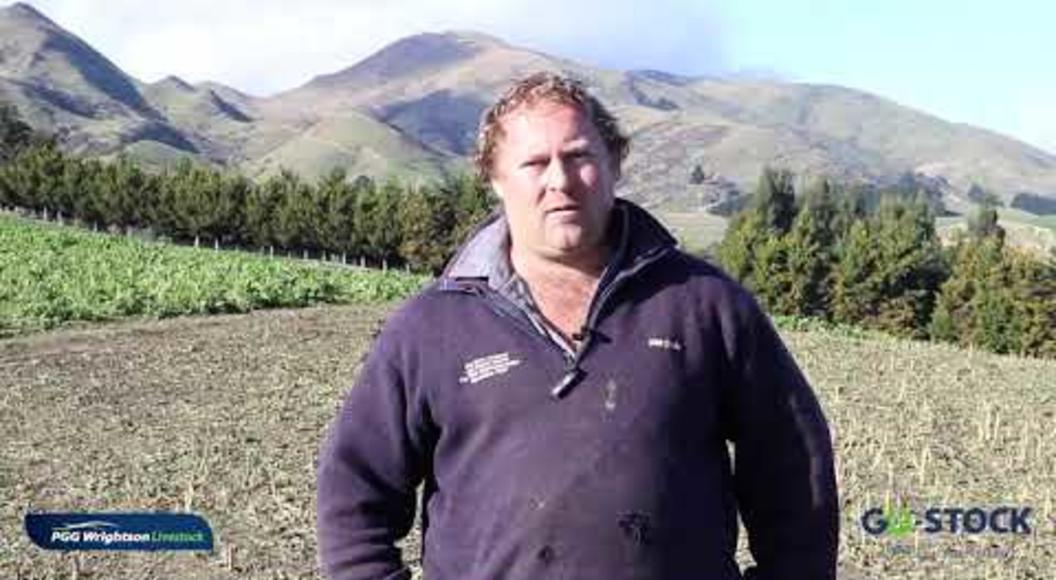
Tips to prevent and treat downer cows
Most farms still experience a few metabolic downer cow cases each spring. This is where cows are unable to regulate the complexities of mineral and energy metabolism, resulting in low blood mineral or energy levels and an inability to stand. The sooner these affected cows are treated, the greater the chances of making a full recovery.
Contributing interacting factors to metabolic disease include:
- Dramatically increased energy demands for milk production and sudden demand for calcium, which requires mobilisation from the cow’s bone stores.
- Decreased dry matter intake around calving.
- High magnesium requirement coinciding with low levels in pasture.
- Prevention strategies that include dusting minerals onto feed with large daily variations in cow intake.
There are two main types of metabolic diseases:
Milk fever (hypocalcaemia) consists of low blood calcium levels that are often seen in older and well-conditioned cows, occuring at calving or the first 48 hours after. Jersey genetics are more prone than Friesian genetics. Cows with mild symptoms are excitable and uncoordinated. Progressively cows go down, become quiet, and develop an S-bend in their neck. Severe cases become unresponsive, head along the flank or lying flat out. Some bloat, and may regurgitate rumen contents and choke.
Grass staggers (hypomagnesaemia) can occur anytime, especially with lush grass and ineffective magnesium supplementation. In early stages, cows are agitated, twitch and may kick cups off. A drop in milk production can occur at the herd level. In the next stage, cows exhibit excited aggressive behaviour, going down but remaining alert and easily stimulated. Severe cases suffer from seizures before becoming unresponsive and dying. Grass staggers is an emergency, so treat immediately. Staff safety is important as cows can become aggressive.
It is common to have symptoms of both occurring so diagnosis can be difficult. The following is a basic safe treatment regime for downer cows. Before treating, always check that the cow has calved. If mastitis is present, seek veterinary advice.
Treatment of downer cows
- If still standing (early stages), give a 500 ml bag of calcium borogluconate (Metaboost CBG) under the skin of the neck or over the ribs plus an oral calcium and magnesium drench for example, Calci Blue.
- For down cows, give 500 ml Metaboost CBG slowly into the jugular vein in the neck which provides sufficient calcium for two to four hours. If unable to give via vein, then give under the skin but this takes longer to absorb and act. At the same time, give a second bag of Metaboost 4-in-1 under the skin as some cases of milk fever are complicated by low magnesium or ketosis.
- When the cow can swallow and is retracting her tongue when you grab it, administer Calci Blue to increase protection to 12 to 24 hours.
- If cows are clearly aggressive or convulsing then this is most likely grass staggers. Be careful and administer Metaboost 4-in-1 under the skin and seek veterinary help immediately.
General care of downer cows
The following can greatly improve outcomes:
- Lay a ground sheet and cover the cow, bring into shelter/barn if possible to prevent hypothermia.
- Offer water and high quality food at all times.
- Give a starter oral drench for extra energy, for example, Rite-Start or Calci Blue.
- Use lifters for short periods only, several times daily. Never leave cows hanging in clamps/sling.
- Have on a soft cushioned surface, rolling cows from side to side to help blood circulation in muscles of legs and prevents nerve damage.
- Check for and treat mastitis.
If you have any specific questions relating to metabolic disorders, contact your local PGG Wrightson Technical Field Representative. Check out this month’s offer in Stock ‘n’ Save July.
Sponsored by Animal Health Direct


